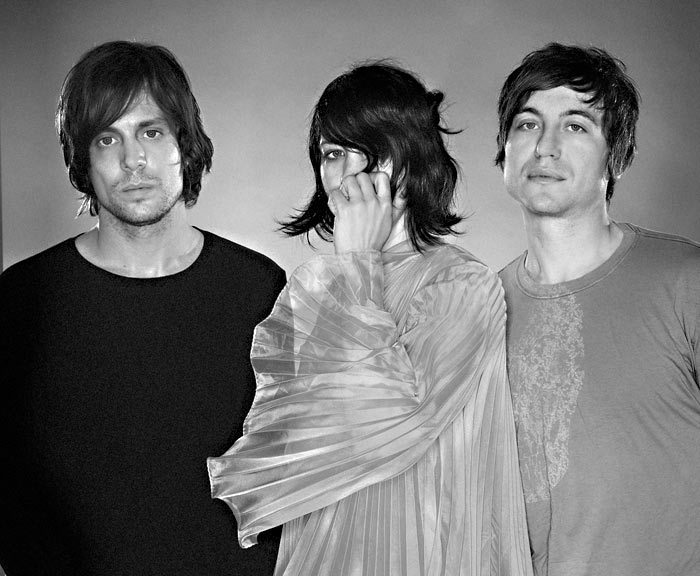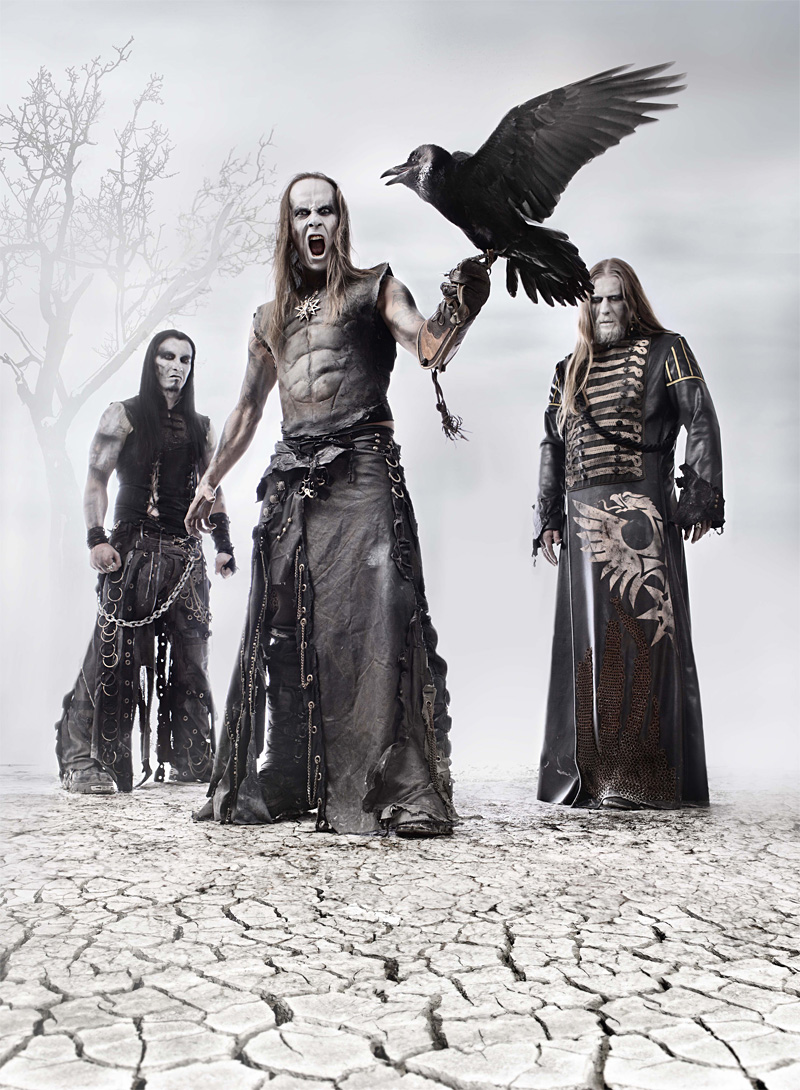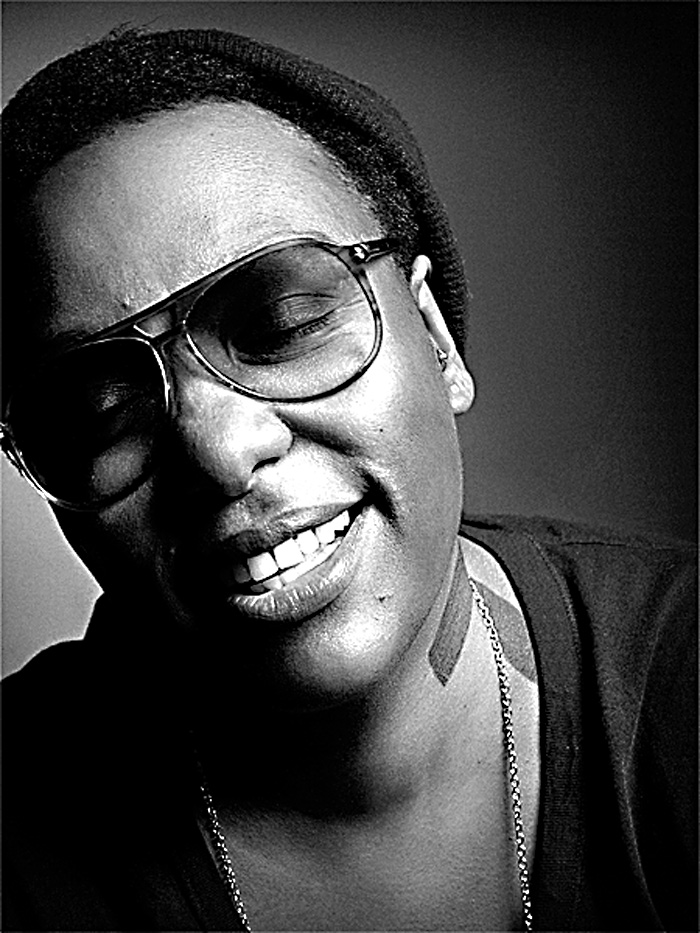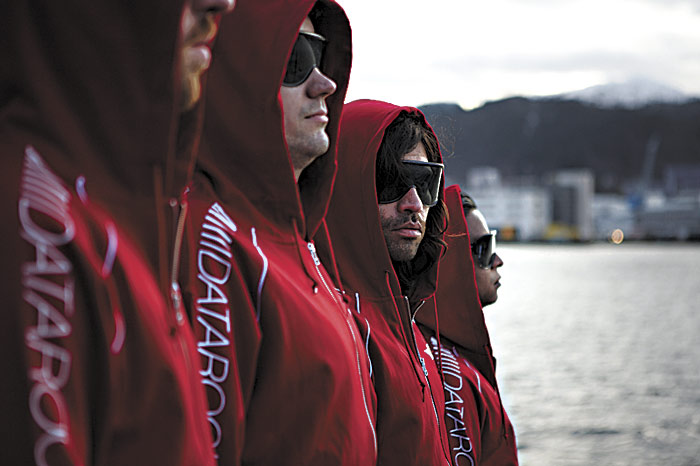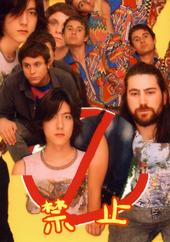By the timeTransit Transit, the second full-length album from Los Angeles trio Autolux, comes out, at least five years will have passed since the band’s debut, Future Perfect. Aptly titled, that first disc presented listeners with a forward-thinking vision of how psychedelia, shoegaze, and space rock can still yield fresh results. Somewhat surprisingly, Americana/roots guitarist T Bone Burnett produced the album and put it out on DMZ, the label he formed with the Coen Brothers.
But now, with the band unmoored from any major-label association, Transit Transit is currently on hold. These days, five years between releases is hardly unusual, but Autolux moves at a particularly crawling pace because of its intentionally roundabout approach to writing.
“The X factor that you’re going for when you’re writing songs,”says guitarist/multi-instrumentalist Greg Edwards, “the thing that makes a song able to be listened to again and again, you can’t learn how to get to that. The only thing you can do is know what doesn’t get you there.”
All three members of Autolux engage in heavy bouts of discussion before beginning to write, laying out parameters that Edwards calls “aesthetic controlling ideas” and using their shared passion for film and visual art to orient themselves. But when it comes to the actual songs, they derive most of their inspiration from exploring ideas they don’t like.
“Getting at what you want,” says Edwards, “that’s a mysterious process. That’s where you surprise yourself—hopefully. Sometimes it’s somewhere between being surprised and ending up with something that absolutely disgusts you. I heard the director Robert Altman say that the most he ever learned was from seeing movies he hated. I related to that a lot.”
Edwards, co-founder of the revered cult band Failure, is no stranger to trying to make each album sound like “its own world.”
“Maybe to my own detriment,” he explains, “I tend to prioritize that aspect before [beginning] an actual song. Having a mood and a strange emotional resonance—that has to come first.”
Listeners who catch the band on this run will be treated to new songs, but don’t expect them to sound the same on record, where ambience, noise, and production textures reign. “Of course, you can make a recording that’s just a photograph of a band live,” Edwards offers. “But if you don’t add some production, that won’t work. You have to employ little tricks.”
